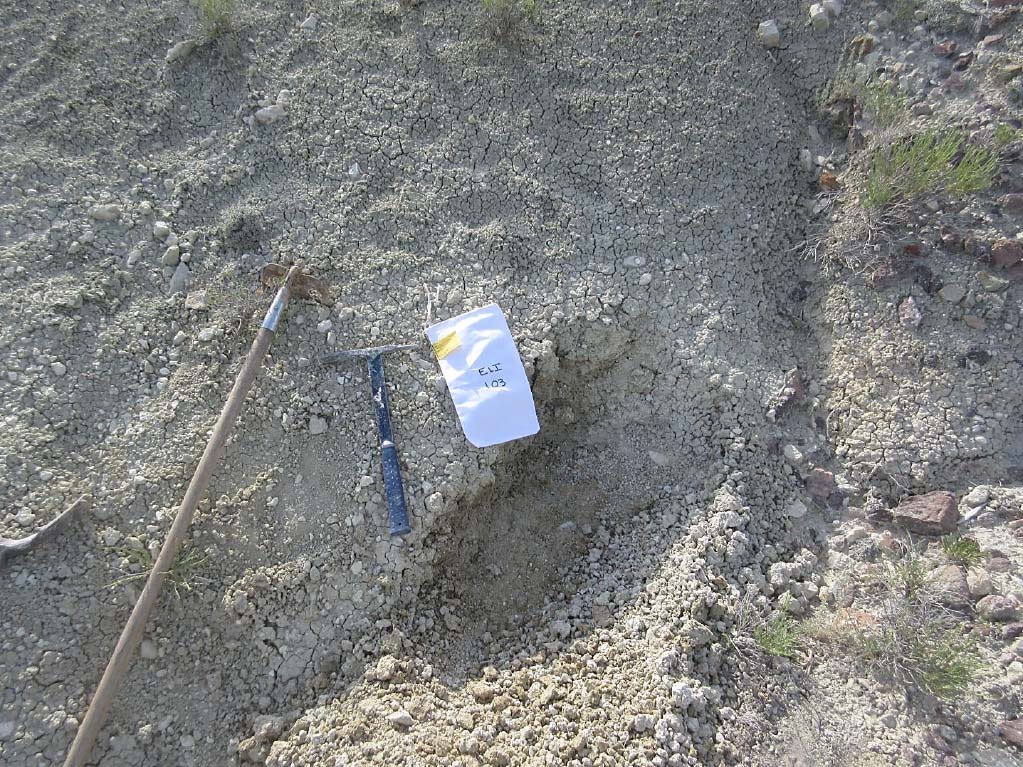
The ELi project is a claystone lithium deposit found in a sub-horizontal sequence of lacustrine, tuffaceous mudstones, claystones and siltstones deposited in the Little Smokey Valley*.

The lithium bearing rocks at the ELi project are preferentially found in younger tuffaceous sedimentary rocks that have a strong volcanic component and exhibits light-colored, ash- rich, lacustrine rocks containing swelling clays.

The project occurs within a hydrologically closed basin with proximal silicic volcanic rocks found in the hanging-wall. The geometry of the ELi project is roughly tabular, up to several meters thick over several square kilometers of area
* Technical information per NI 43-101 report prepared for POWR Lithium titled “ELi Sediment-Hosted Lithium Deposit, Eureka & Nye Counties, Nevada: Technical Report“ by Robert J. Johansing, BSc Geology, MSc Economic Geology, QP MMSA.


The USGS first publication on sedimentary-hosted lithium (claystone lithium) wasn’t until 1991, making it one of the newer deposit types in exploration.
Source: USGS Model 25l.3(T), Some Industrial Mineral Deposit Models: Descriptive Deposit Models, Open File 91-11A.



The Qualified Person as defined by NI 43-101 is Anna Hicken, P.Geo, a consultant for the company who has reviewed & approved the technical geological information contained on this website. For more information, please refer to the independent 43-101 report on the ELi property available on SEDAR.

